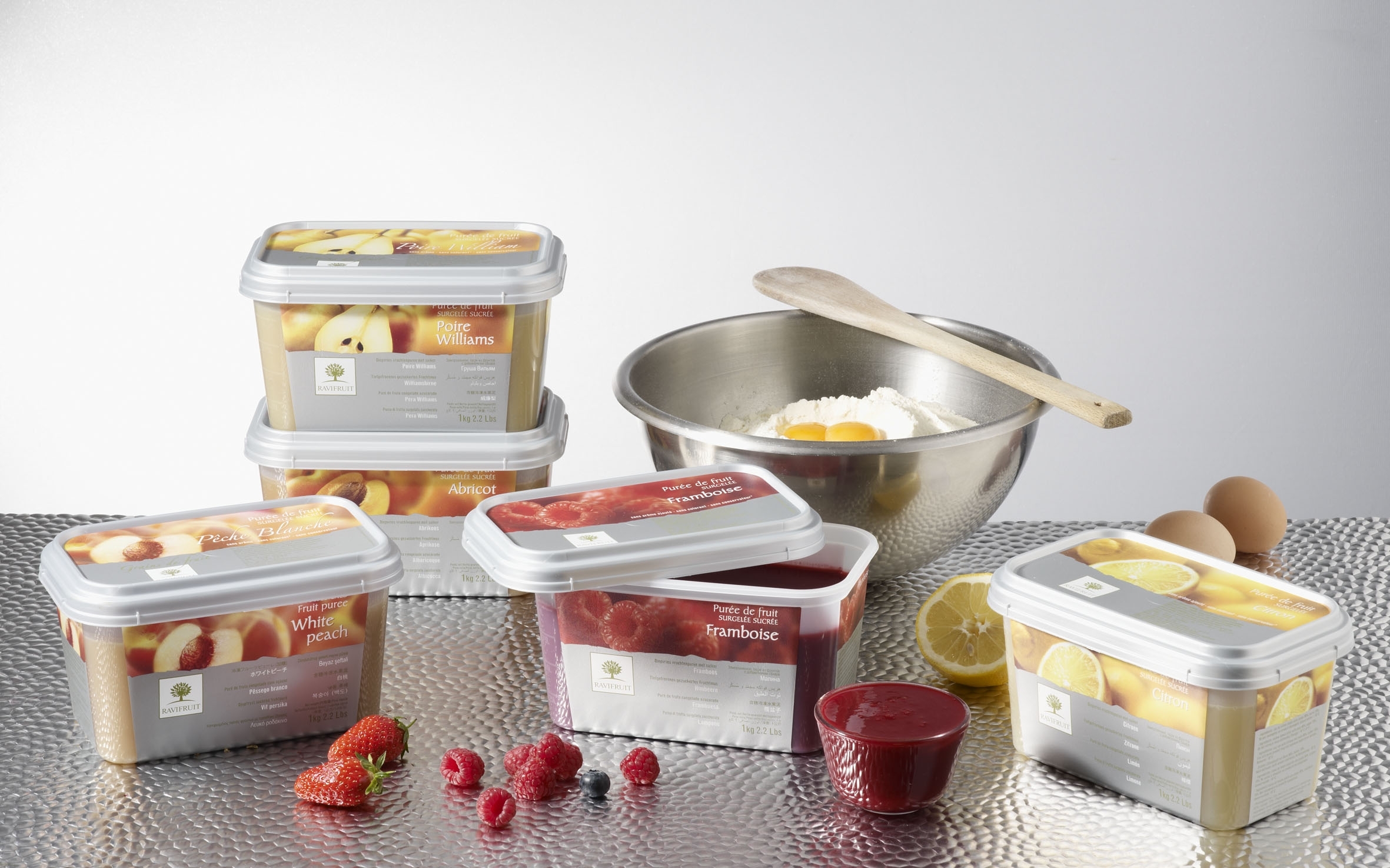
Title: The impact of baby food storage systems on food preparation: organizing and freezing homemade purees
Introduction
Preparing baby food often involves making homemade purees from fresh fruits, vegetables and other nutritious ingredients. Baby food storage systems play a critical role in this process, providing convenient solutions for organizing and freezing homemade purees. In this article, we'll look at the impact of baby food storage systems on food preparation, with a particular focus on their ability to optimize the storage, canning and serving of homemade baby food.
1. Effective organization
Baby food storage systems offer efficient organizational solutions for storing and categorizing homemade purees. These systems typically include stackable containers, trays or storage jars with labels or color coding, allowing parents to easily identify and access different types of purees. By carefully storing baby food in the refrigerator or freezer, parents can save time and avoid confusion during meal preparation and feeding.
2. Portion control
When feeding dry foods to infants, it is important to control portions as this helps prevent overfeeding and ensures that infants receive the appropriate amount of nutrients. Baby food storage systems often come with portioned containers or compartments, allowing parents to dispense homemade purees according to the baby's age and appetite. Pre-portioned portions make it easy to defrost and serve just the right amount of food for each meal, reducing waste and promoting healthy eating habits.
3. Convenient freezer design
Many baby food storage systems are designed to be freezer-safe, allowing parents to freeze homemade purees for long-term storage without sacrificing quality or freshness. Freezer-safe containers or trays are made from durable materials that can withstand cold temperatures without cracking or leaking. By freezing homemade purees in advance, parents can make large batches of baby food and have a convenient supply on hand for busy days or when fresh ingredients are not available.
{thirty}4. Simple marking and dating
Proper labeling and dating are essential to ensure food safety and freshness, especially when storing homemade purees in the refrigerator or freezer. Baby food storage systems often come with write-on labels or pre-printed date markers, allowing parents to easily label each container with the contents and preparation date. Clear and legible labeling helps eliminate confusion and ensures parents can track the freshness of stored purees, reducing the risk of spoilage or waste.
5. Versatility and reusability
Many baby food storage systems are versatile and reusable, allowing the containers or trays to be used for a variety of purposes beyond storing homemade purees. Once babies outgrow the puree stage, storage containers can be reused to store snacks, leftovers, or other household items. Some baby food storage systems are also dishwasher safe, making them easy to clean and sanitize for reuse, reducing waste and promoting sustainability.
Conclusion
Baby food storage systems play an important role in optimizing the baby food preparation process by providing efficient solutions for organizing, freezing and serving homemade purees. With features like efficient organization, portion control, freezer-friendly design, easy labeling and versatility, these systems help parents save time and reduce waste while ensuring kids get fresh, nutritious meals. By incorporating baby food storage systems into their meal prep routine, parents can make feeding their babies easier and teach them healthy eating habits from the start.
This article highlights the impact of baby food storage systems on baby food preparation, highlighting their role in efficiently organizing, freezing and serving homemade purees. With features such as efficient organization, portion control, freezer-friendly design, easy labeling and versatility, baby food storage systems help parents save time, reduce waste and instill healthy eating habits in their children.






